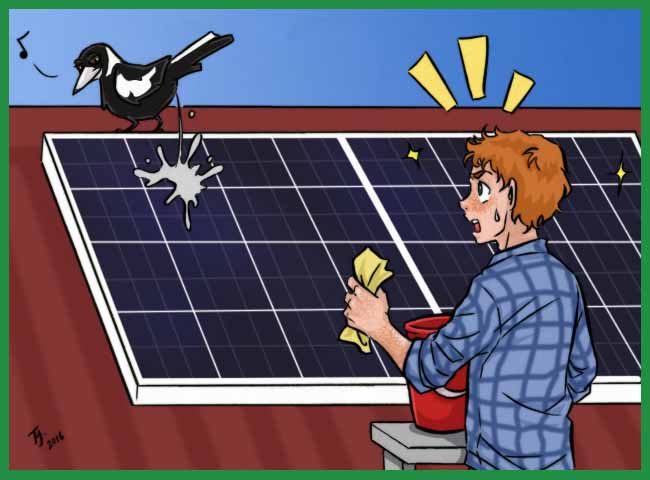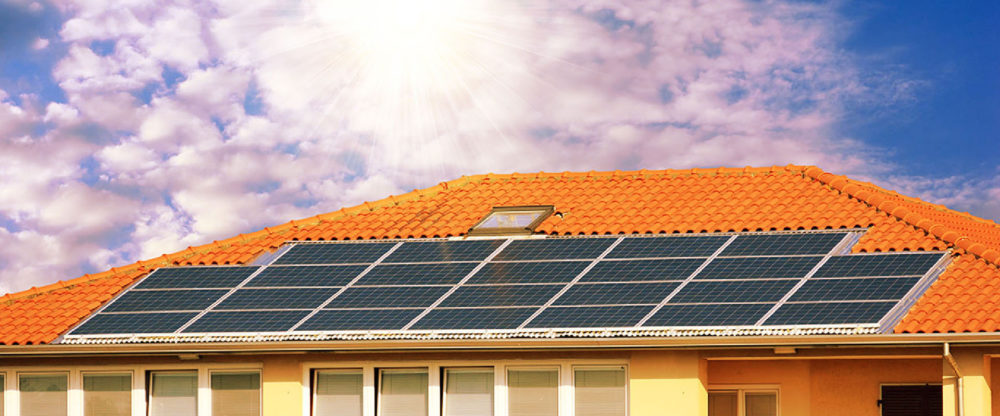Solar panels are hot idea but beware pitfalls

Solar photovoltaic panels cost a fifth what they did 15 years ago, so many people are looking again at fitting them – even though the price EDF pays for electricity has tumbled.
But the industry struggles to shake off a dodgy reputation, with papers including Connexionfeaturing cases where people have lost thousands, mainly through cold-call offers for systems paid for with a bank loan.
Now DIY kits can give a home setup of 36kW for less than €5,300, including panels, mounts for a tiled roof, inverters, cables and plugs. There is also some state aid but to get this or to sell power to the grid, work must be done by an RGE-registered artisan.
Environment agency Ademe has produced an updated 2019 leaflet on domestic photovoltaic (PV) panels.
Its first advice, before installing a system, is to make savings by reducing your power usage as much as possible. Then, when sourcing panels, make sure they meet French NF-EN-CEI 61215 and NF-EN-CEI 61730 standards on manufacture and safety.
Most domestic solar PV systems use between 10m2 and 30m2 of panels and the roof is usually the best place – as long as it faces south. You can also set panels in angled frames in the garden, on walls or build a porch or conservatory to create roof space, as long as they face south. However, you may face “garden shed tax” – see here.
Solar PV gives DC output so you need an inverter to change to household AC and these need replacing or servicing every 10 years or so, at about 30-60 centimes per watt.
More expensive micro-inverter systems have several small inverters, so the performance of individual parts of a large system can be monitored.
Financial planning
Before signing a deal, Ademe says to look at some simple financial planning. Today there are three usage models available (these may change with governments):
- Auto consumption, where you use power you have produced, then, at night, switch to grid power. You can extend …


